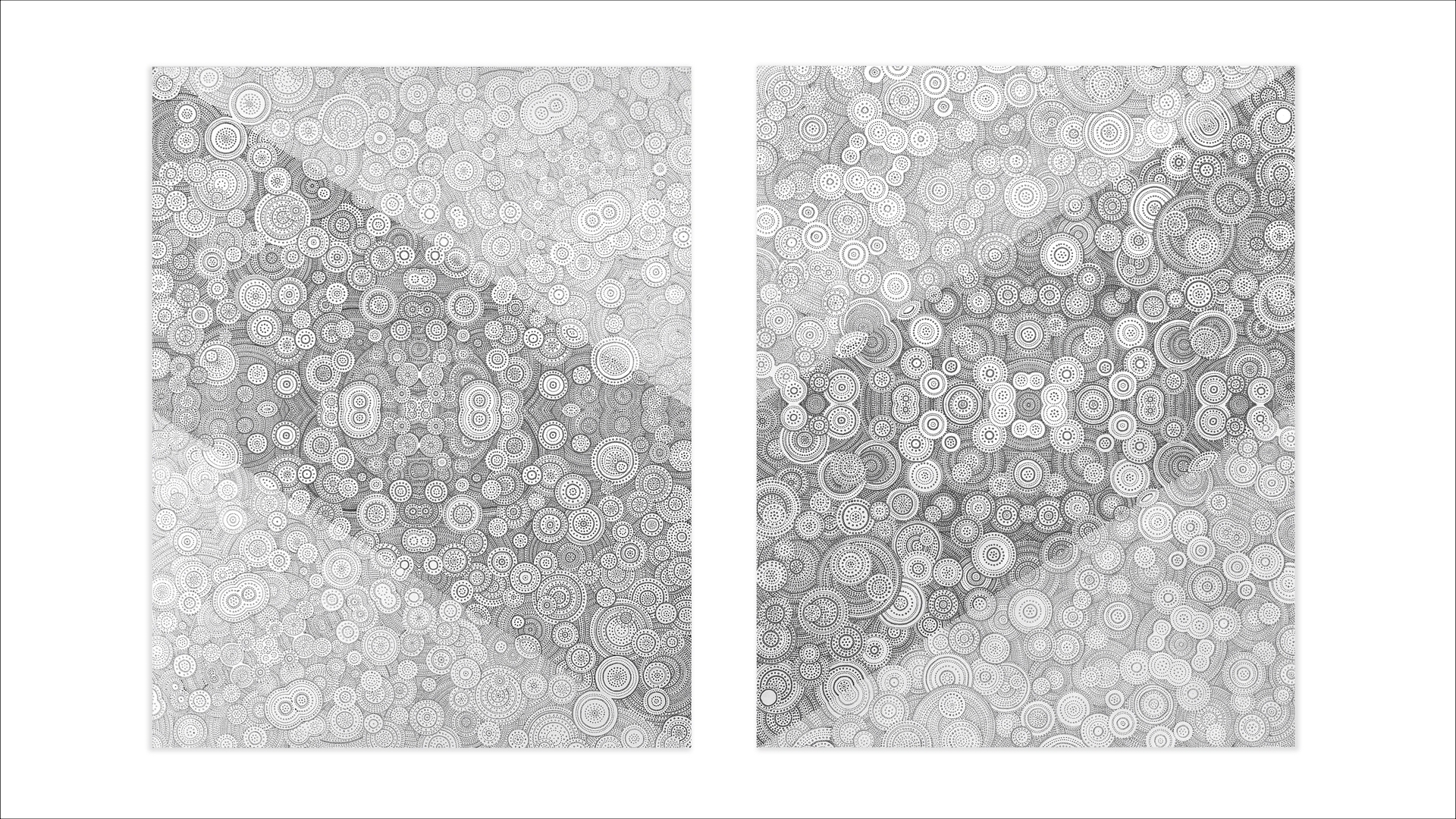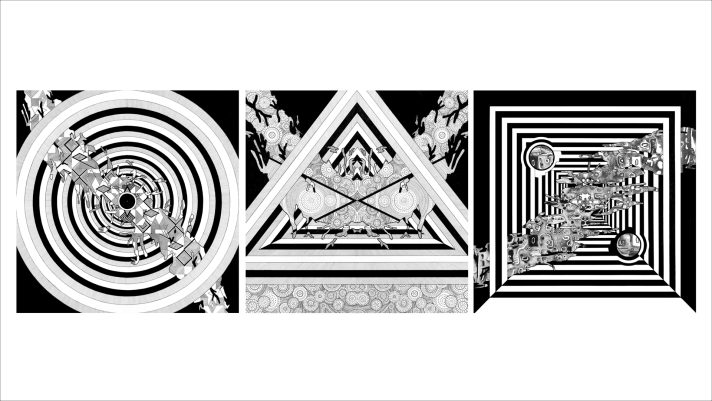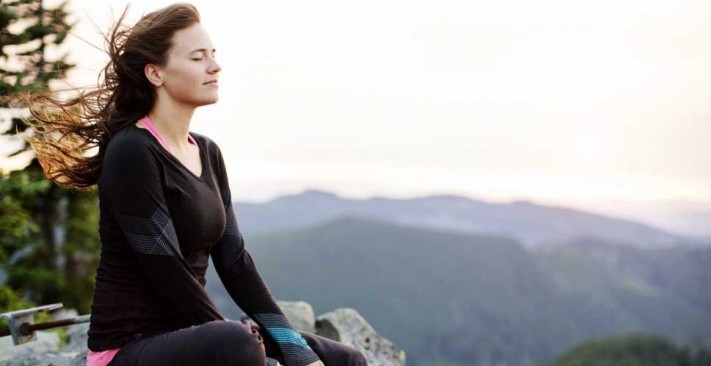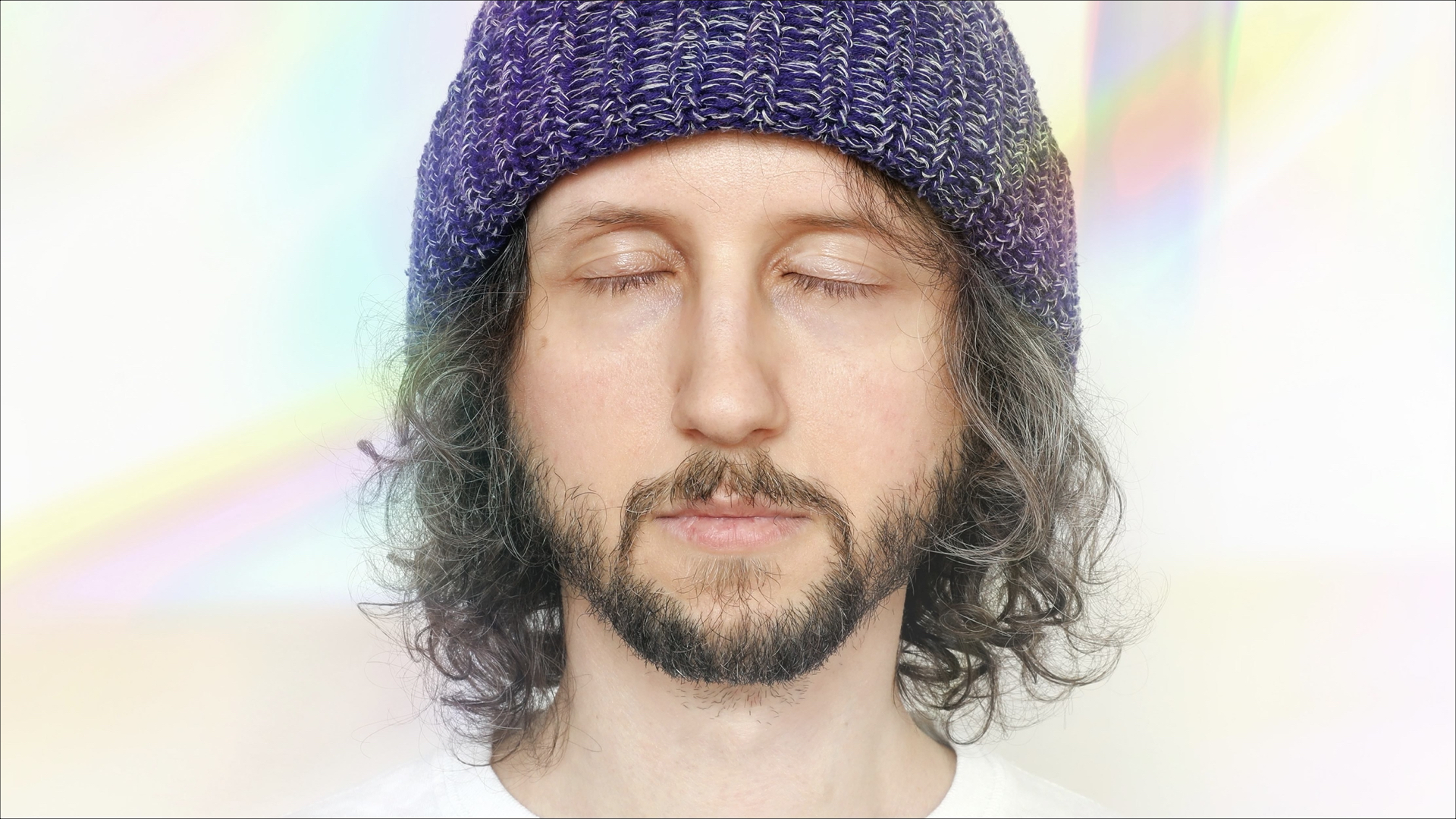Brandon Locher is a multimedia artist and music producer who currently lives and works in New York, NY. Since 2006, he’s had more than 60 releases under various names and artistic media, including audio recordings, visual art, multimedia art, and sound art. He’s been practicing the Transcendental Meditation technique for the past two years. Here’s what we learned about his creative work and how his TM practice enriches his life.
What are your passions? What does a typical day in your week look like?
One of my biggest passions in life is simply process. I am often reminded of a passage from “Confessions of a Mountain Climber” by the artist Agnes Denes. “I am a mountain climber, and there is no way out but up. Not for the peak–I have long since understood about that–but for the mountain. You create the mountain, and then you climb it. Not for the final peak; the challenge is the process and the journey, and the unattainable answers are the lure.”
This statement has always resonated with me because I feel process is absolutely essential to everything in life. I’ve discovered I enjoy the fruitful results more profoundly when I take time enjoying the process and journey to completion. Process is about the here and now and waking up to this very moment.
I’ve been playing piano, reading books, and watching films for entertainment lately. Generally, I’m working on music or artwork in my studio for at least 6-8 hours a day. I’ve found it very helpful and beneficial to structure my day but to allow tons of variety within all of the different components. Day-to-day I’ll be making radically different music, eating different foods, and experiencing inspiration and beauty in unknown places.
Do you see yourself as somebody who took a leap of faith to live a more creative life or do you think it kind of just happened?
Thankfully, it just happened
I’ve always been interested in self-education, basically gaining more knowledge that can be recycled back into my creative practices and day-to-day life. Creativity, intelligence, and bliss are essential elements to live a fulfilled life, and I feel it’s my natural being to evolve towards a more creative life.
Reading Maharishi’s words, “Expansion of happiness is the purpose of life, and evolution is the process through which it is fulfilled,” made me understand why my mind always seemed naturally attracted to gaining knowledge and ultimately achieving my full potential. It’s connected with the laws of nature. Creativity, to me, is pure fulfillment and happiness. My fine feeling lies in the act of being – bringing together values of the absolute into relative existence with my expressions of music and art.
Can you speak more about your drawing practice and its connection to transcendence?
I’ve always thought of art as a series of problems that need to be solved, and I’m often drawing myself clean solutions only to create a new problem for a future work. Since I started practicing Transcendental Meditation, I’ve noticed the flow and feeling I experienced my entire life while drawing is very similar to the way I feel when I transcend to more subtle parts of our mind and ultimately reach the source of pure creative intelligence.
I’ve recently found it beneficial to draw immediately after my morning meditation because I feel extremely settled and at peace. Many artists believe that suffering, depression, or negativity help give them a creative edge. When I was in my 20s, I also believed that you needed to hold on to that anger and suffering to ultimately be creative. I’m thankful I’ve finally discovered that in my case, suffering isn’t necessary to live a life of creativity and happiness, and, therefore, the act of creation is always a relief from any suffering or sorrow in my own life.
My drawings are created out of an appreciation, admiration, and love for the natural environment and universe. I greatly enjoy thinking about macrocosm and microcosm and seeing the same patterns reproduced in all levels of the cosmos, from the largest all the way down to the smallest scale. I believe, in this system, the midpoint is Man, who helps summarize the mystery of the cosmos. Drawing helps me establish peace and harmony within myself and ultimately with my surroundings and environment, too.
How does your environment play into your life?
I feel a very strong sensitivity to my environment, and I am always trying to help elevate my own surroundings. I am a total homebody and feel completely content staying at home. Therefore, I must create an environment and surroundings that help service and support my creative intentions and desires.
Hearing Maharishi say, “The universe influences the individual and the individual influences the universe,” helps me understand why I have always felt a connection to the environment at large. I am one to ritualize not only my domestic life but also my creative practices as well, and often those are one and the same to me. My studio has always been in my home, and, in a sense, I am creating artwork and music for my home. I am continuously cultivating my space so it’s inspiring and constantly feels fresh. It can be as simple as having fresh cut flowers that help elevate my general awareness. I love to curate my space as a ritual for creating, and creating is also a part of that same ritual.
Both you and your sister are artists. Was art and creativity a big part of your childhood?
My sister, Olivia Locher, is a wonderful photographer known for her sarcastic approach to studio photography. During our childhood, our parents encouraged us to daydream and to never turn away from our dreams. I’ll be turning 37 in several months, and I feel like I’m far from being a “grown-up” because my life is still centered around imagination as it was in my childhood and adolescence, ultimately, thanks to my parents allowing us both the freedom to explore and grow without too many pressures or constraints during childhood.
What are your three favorite “tools” for a healthy and happy life?
The fast tempo of life does not allow a real moment of silence. Therefore, I’ve found the Transcendental Meditation technique to be the most effective way to pause and reset myself. Reading books provides me so much knowledge and inspiration. The most grounding thing is eating well. I’ve been a vegetarian since 2000, and for many years I basically ate “vegetarian junk food.” It now feels appropriate to eat all organic and healthy, home-cooked food. I also really enjoy growing and juicing wheatgrass; it’s a great way to start the day!

How long have you been practicing the Transcendental Meditation technique, and what inspired you to learn?
I’ve been practicing Transcendental Meditation for two years, although I’ve been surprisingly interested in Transcendental Meditation since 2011, when I read Catching the Big Fish: Meditation, Consciousness, and Creativity by David Lynch. I always knew about Maharishi Mahesh Yogi from The Beatles and other pop-culture knowledge, but when I read David Lynch’s book, I thought to myself, “Wow! Now this sounds like something for me!”
Fast forward nine years, and I spoke with Bob Roth, who casually mentioned how easy it was to sign up and learn the Transcendental Meditation technique. The next day I attended a quick introduction and started meditating that same weekend!
My sister has been practicing TM since 2012, and the positive effects her meditation practice has played on all aspects of her life are inspiring and vibrantly present, and seeing these results directly was a big influence for me to finally learn as well.
What was your perception of meditation in general before you learned TM? Did that perception change after your first few experiences meditating?
Prior to learning Transcendental Meditation, my perception of meditation was that it involved some type of intellectual play. I thought meditation was mentally challenging or a slightly difficult task for the mind, but this was completely wrong thinking because I quickly discovered that Transcendental Meditation is an innocent, simple, and very easy technique.
You can learn more about Brandon and his body of creative work at www.brandon-locher.com or follow him on Instagram.
To learn more about the TM technique, you can connect with your local TM teacher here.





